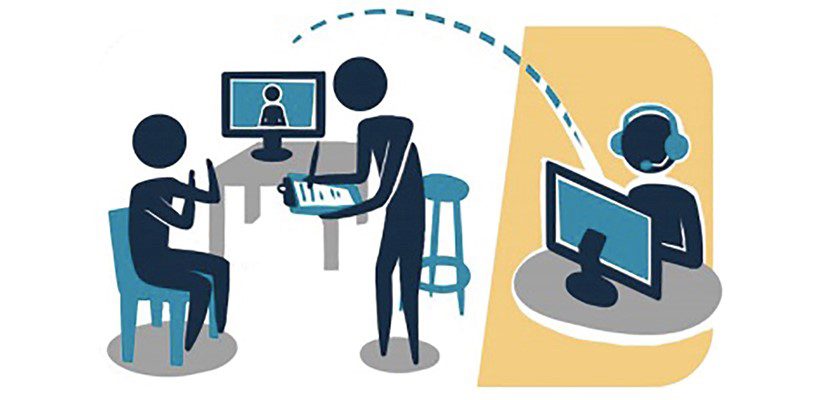Effective communication across languages and cultures has never been more critical as the world grows into an increasingly interconnected world. Businesses seeking to operate globally face a complex web of language and cultural barriers.
Fortunately, modern technology has enabled innovation in the field of interpretation services. You can overcome these divides with the right solutions and promote seamless language understanding.
This article will explore the five most popular interpretation services today. We’ll look at how each aims to facilitate seamless communication for core business activities like meetings, conferences, negotiations, etc. A highlight will be simultaneous interpretation services, which use cutting-edge equipment to enable real-time, continuous translation across multiple languages.
The five types of interpretation services
The following are the five most popular types of interpretation services in use today:
Simultaneous interpretation
Simultaneous interpretation involves translating spoken language in real-time as a speaker continues talking. Interpreters working simultaneously typically use specialized equipment, with the interpreter speaking into a microphone in soundproof booths. The translation is transmitted to audience members wearing headphones set to the appropriate channel.
Simultaneous interpretation is heavily relied upon for fluid and uninterrupted communication in international conferences, diplomatic meetings, multinational corporate events, and global live broadcasts.
Consecutive interpretation
Consecutive interpretation is a type of interpretation where the speaker pauses after each sentence or passage to allow for the interpretation into other languages. Attendees take turns wearing headphones as the interpreter provides translations.
Consecutive interpretation is mainly relied upon for exchanges in smaller meetings, video conferences, investor calls with an international audience and judicial or immigration proceedings. It is the opposite of simultaneous interpretation.
Remote/Virtual interpretation
Remote or virtual interpretation is used for language translation and communication over distance via technology mediums like video conferencing or telephone. Interpreters can work remotely, using software and equipment to provide real-time interpretation between parties calling in or connecting digitally from different locations worldwide.
This type of interpretation enables understanding during virtual meetings, remote conferences and events, international business calls, telemedicine appointments spanning countries, and various scenarios involving globally dispersed participants. The remote interpretation model expands access and participation for diverse international businesses and organizations.
Whispered interpretation (Chuchotage)
Whispered interpretation, also called chuchotage, involves an interpreter giving a quiet, real-time translation directly into the ear of one or a few listeners. The interpreter whispers a simultaneous translation in the same physical proximity as the primary speaker.
This method can be used for communication during small, in-person discussions where having multiple receivers and equipment may be disruptive, like private business meetings, facility tours for select visitors, consultations at hospitals/clinics, or courtroom proceedings.
Over-the-phone interpretation (OPI)
Over-the-phone interpretation (OPI) can facilitate real-time spoken language translation by telephone. It connects limited primary language speakers with interpreters who translate conversations on a three-way call. Parties speak to a multilingual interpreter, acting as a conduit rather than directly to each other.
OPI can help your organization access qualified interpreters rapidly when in-person translation is impractical, making it possible to bridge language barriers for scenarios involving remote participants. The technology empowers consistent communication with participants wherever they are situated.
OPI sees frequent usage for medical or public service telephone interactions like doctor-patient consultations across language divides and supports phone lines globally for migrants, refugees, or disaster victims abroad.
Understanding these interpretation services can help your organization effectively serve diverse stakeholders worldwide. Good interpretation technology allows you to speak one language yet connect with all to broaden your reach!


